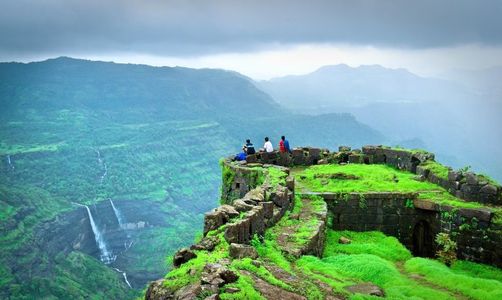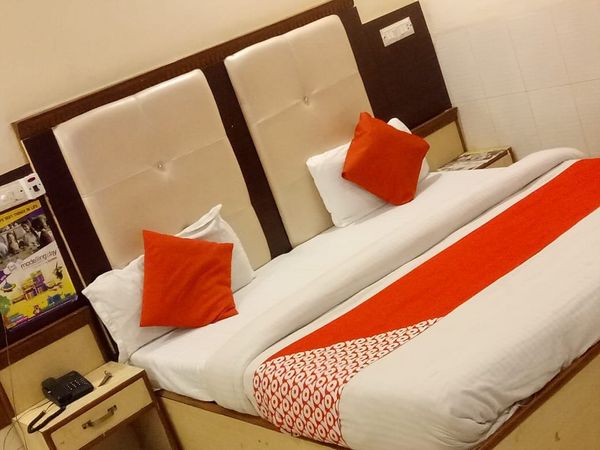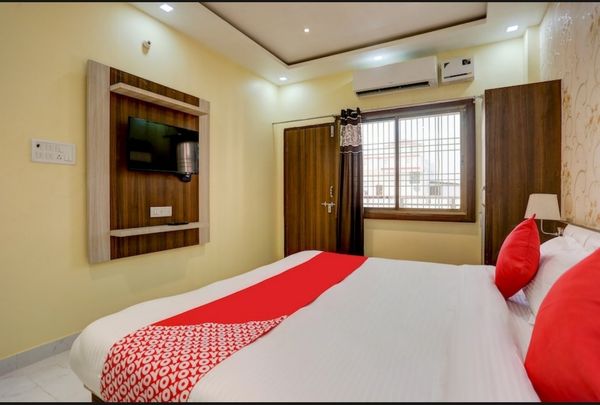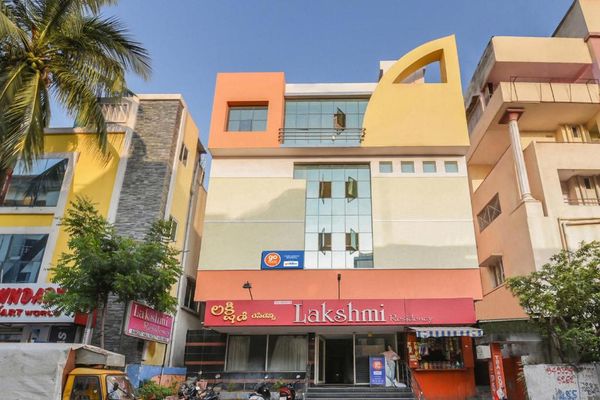Trek the Trails of Pune: A Hiker’s Guide to Adventure and Beauty
 Rohit Sen
19 Oct, 2024
10 mins read
118
Rohit Sen
19 Oct, 2024
10 mins read
118

Pune, a city known for its rich culture and history, offers more than just bustling urban life. Nestled in the Western Ghats, the area surrounding Pune is a treasure trove for outdoor enthusiasts, particularly hikers. From verdant hills to breathtaking forts, the city and its nearby regions offer some of the most picturesque and challenging trekking trails in Pune. Whether you are a seasoned trekker or a beginner looking to explore nature’s beauty, Pune’s trails provide a perfect escape. Let’s dive into the top trekking routes that offer a combination of adventure, natural beauty, and historical significance.
1. Sinhagad Fort Trek: The Pride of Pune
Sinhagad Fort, just 30 kilometers from Pune, is one of the most popular trekking destinations. Perched at 1,312 meters above sea level, the fort stands as a reminder of its historical importance during the Maratha rule. This trek is suitable for all experience levels and offers a moderate challenge.
The trail begins at the base of the fort, winding through rocky paths and greenery. Along the way, you’ll encounter panoramic views of the surrounding valleys, particularly stunning during the monsoon season when the area transforms into a lush green paradise. The ascent takes about 1.5 to 2 hours, depending on your pace.
Best Time to Trek: June to February
Trek Difficulty: Easy to moderate
Highlights: Historical fort, panoramic views, and local food stalls offering “pithla-bhakri” at the top.
2. Rajgad Fort Trek: A Walk Through History
Rajgad Fort, the former capital of the Maratha Empire, is located about 50 kilometers from Pune. Its name, which translates to "King of Forts," reflects its grand stature and rich history. The fort sits at an altitude of 1,400 meters, and the trek is perfect for hikers who love to combine adventure with history.
The route is moderately difficult and takes around 3 to 4 hours to reach the top. The trail provides trekkers with a variety of experiences, from crossing steep rocky patches to walking through forested trails. Once at the top, the fort’s remnants offer a glimpse into the past, and the views of the Sahyadri range are nothing short of spectacular.
Best Time to Trek: October to March
Trek Difficulty: Moderate
Highlights: Historical significance, scenic beauty, and a sense of accomplishment after conquering the "King of Forts."
3. Torna Fort Trek: For the Seasoned Trekker
If you are an experienced trekker looking for a challenge, the Torna Fort Trek is the one to consider. Also known as Prachandagad, this fort is the highest in Pune district at 1,403 meters. The fort is believed to have been the first one captured by Shivaji Maharaj, marking the beginning of the Maratha Empire.
The trek to Torna is relatively long and strenuous, taking about 5 to 6 hours to reach the summit. The trail features a mix of steep ascents, narrow ridges, and slippery rocks. However, the effort is rewarded with panoramic views of nearby forts like Rajgad and Raigad. During the monsoon, trekkers are treated to cascading waterfalls and misty landscapes.
Best Time to Trek: Post-monsoon (September to December)
Trek Difficulty: Challenging
Highlights: The sense of historical significance, challenging terrain, and awe-inspiring views from the top.
4. Lohagad Fort Trek: A Beginner-Friendly Adventure
For those new to trekking, Lohagad Fort offers an ideal introduction to the activity. Situated about 65 kilometers from Pune, Lohagad Fort sits at an altitude of 1,033 meters and is known for its architectural beauty. The fort is particularly famous for its “Vinchu Kata,” a series of fortifications that resemble a scorpion’s tail.
The trail is well-marked and not too strenuous, making it a popular spot for families and beginner hikers. The trek takes around 2 hours to complete, and the monsoon season brings out the best in the scenery, with verdant hills and flowing streams dotting the landscape.
Best Time to Trek: June to February
Trek Difficulty: Easy
Highlights: Historical architecture, breathtaking monsoon views, and the iconic “Vinchu Kata.”
5. Visapur Fort Trek: A Scenic Escape
Located adjacent to Lohagad Fort, the Visapur Fort trek is equally scenic but offers a slightly more challenging experience. Standing at 1,084 meters, Visapur Fort provides trekkers with an adventurous climb involving steep ascents, slippery paths, and rocky patches. The trail can be tricky during the monsoon due to rain-soaked terrain, but the panoramic views at the top make the effort worthwhile.
The fort is known for its expansive ramparts and scenic surroundings, which offer a bird’s-eye view of the Pawna Dam and surrounding villages. The trek is not as crowded as Lohagad, making it a perfect choice for those looking to escape the usual tourist spots.
Best Time to Trek: October to March
Trek Difficulty: Moderate
Highlights: Solitude, breathtaking views, and lush monsoon greenery.
6. Kalsubai Peak: The Highest Point in Maharashtra
For the ultimate trekking challenge near Pune, head to Kalsubai Peak, the highest point in Maharashtra at 1,646 meters. Though a bit farther from Pune (approximately 180 kilometers), this trek is a must-do for serious hikers. The trail offers a mix of easy and challenging sections, with steep metal ladders installed at certain points to assist climbers.
The trek to Kalsubai offers spectacular views of the Bhandardara Dam, the Sahyadri mountain range, and forts like Alang, Madan, and Kulang. The sunrise view from the peak is particularly stunning, making it a popular trek for those who wish to start their climb early in the morning.
Best Time to Trek: September to February
Trek Difficulty: Moderate to challenging
Highlights: Sunrise from the highest point in Maharashtra, stunning views, and the sense of conquering a peak.
Conclusion
Pune is surrounded by some of the most beautiful and diverse trekking trails in the Western Ghats. Whether you are a beginner or a seasoned trekker, there’s something for everyone in and around this vibrant city. From the historical forts that tell tales of bravery to the serene landscapes that provide an escape into nature, trekking the trails of Pune offers a perfect blend of adventure and beauty.
Written By:
Rohit Sen



Hotels at your convenience
Now choose your stay according to your preference. From finding a place for your dream destination or a mere weekend getaway to business accommodations or brief stay, we have got you covered. Explore hotels as per your mood.


